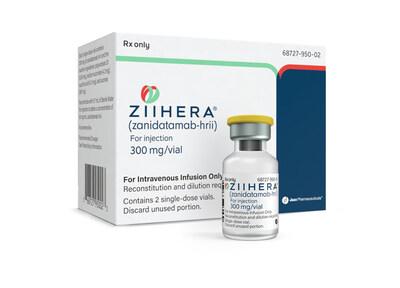Zanidatamab Disease Interactions
There are 3 disease interactions with zanidatamab.
Zanidatamab (applies to zanidatamab) heart disease
Moderate Potential Hazard, Moderate plausibility.
Zanidatamab can cause decreases in left ventricular ejection fraction (LVEF). Safety has not been established in patients with baseline ejection fraction below 50%. LVEF should be assessed before starting zanidatamab and regularly during therapy.
Zanidatamab (applies to zanidatamab) liver disease
Moderate Potential Hazard, Moderate plausibility.
The effect of moderate (total bilirubin greater than 1.5 to 3 times the upper limit of normal [1.5 to 3 x ULN] and any AST) or severe (total bilirubin greater than 3 x ULN and any AST) liver dysfunction on the pharmacokinetics of zanidatamab is unknown.
Zanidatamab (applies to zanidatamab) renal dysfunction
Moderate Potential Hazard, Moderate plausibility.
The effect of severe renal dysfunction (estimated GFR 15 to 29 mL/min) or end-stage renal disease (estimated GFR less than 15 mL/min) with or without hemodialysis on the pharmacokinetics of zanidatamab is unknown.
Switch to professional interaction data
Zanidatamab drug interactions
There are 96 drug interactions with zanidatamab.
More about zanidatamab
- zanidatamab consumer information
- Check interactions
- Compare alternatives
- Side effects
- Dosage information
- During pregnancy
- Drug class: HER2 inhibitors
- En español
Related treatment guides
Drug Interaction Classification
| Highly clinically significant. Avoid combinations; the risk of the interaction outweighs the benefit. | |
| Moderately clinically significant. Usually avoid combinations; use it only under special circumstances. | |
| Minimally clinically significant. Minimize risk; assess risk and consider an alternative drug, take steps to circumvent the interaction risk and/or institute a monitoring plan. | |
| No interaction information available. |
See also:
Further information
Always consult your healthcare provider to ensure the information displayed on this page applies to your personal circumstances.


